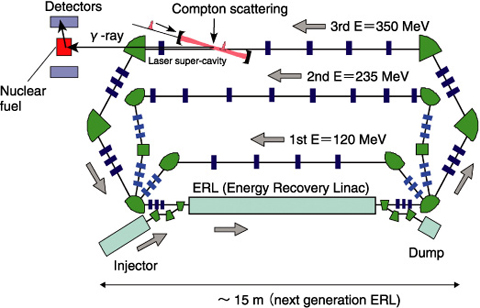Fig.13-2 Concept of MOX sample verification system for FNFC using LIBS/AIRS

Fig.13-3 Concept of Pu NDA system for spent fuel using NRF with interrogation of LCS γ-rays
Some future nuclear fuel cycle (FNFC) facilities have the following characteristic features: (1) a very large Pu throughput, (2) treatment of low decontamination nuclear material (containing fission products (FPs)), and (3) recycling of minor actinides bearing material. Here we show examples of advanced safeguards technologies that are proposed or under development based on needs arising from the above features.
Feature (1) means that the accumulated amount of uncertainty in plutonium measurement errors grows very large within a short time period, which requires very frequent safeguards inspections, and thus very fast measurement/analysis technologies are necessary for material accountancy and verification.
Characteristic feature (2) means that nuclear material treated in the FNFC has strong background γ-rays originating from contained FPs. This makes the present γ-ray spectroscopy for determining the isotopic composition of Pu difficult or impossible. In addition, because of feature (3), nuclear material treated in the FNFC contains 244Cm with a very high intensity of spontaneous fission neutrons (104 times higher than 240Pu), which means that the present neutron coincidence counting method is difficult to apply to FNFC materials. Given these features, it is necessary to develop new Pu NDA technologies for FNFC materials.
Corresponding to the situations derived from the characteristic features (2) and (3), we are developing a combined method of LIBS (Laser Induced Breakdown Spectroscopy) and AIRS (Ablation Initiated Resonance Spectroscopy) for analyzing the Pu concentration and isotopic composition of Pu in (FNFC) MOX samples (Fig.13-2).
Furthermore, for some time SRD (shipper-receiver difference) has been an issue with reprocessing facilities. Accumulation in the SRD amount tends to increase with increment of reprocessed material. For FNFC reprocessing facilities treating large amounts of plutonium, the SRD issue must be addressed properly.
In addition, there are many spent fuel assemblies in storage pools of reactors with less radiation self-protection because of their very long cooling time. Diversion of fuel rods from assemblies has become a large global concern. Based on this background, development of Pu NDA technologies for spent fuel assemblies, which had been thought to be very difficult, has started.
As one of these technologies, we are proposing a NDA system with a laser Compton scattering (LCS) γ-ray source that uses nuclear resonance fluorescence (NRF) reactions by interrogation of monochromatic γ-rays tuned to the specific resonance energy (within a range of 1~3 MeV) of a target isotope such as 239Pu (Fig.13-3). This system is capable of identifying individual isotopes.
Moreover, FNFC facilities need a variety of advanced safeguards technologies.
<Previous: 13 Scientific & Technical Development for Nuclear Nonproliferation | Next: 14 Development of Experimental Techniques / Facilities at JAEA R&D Centers >